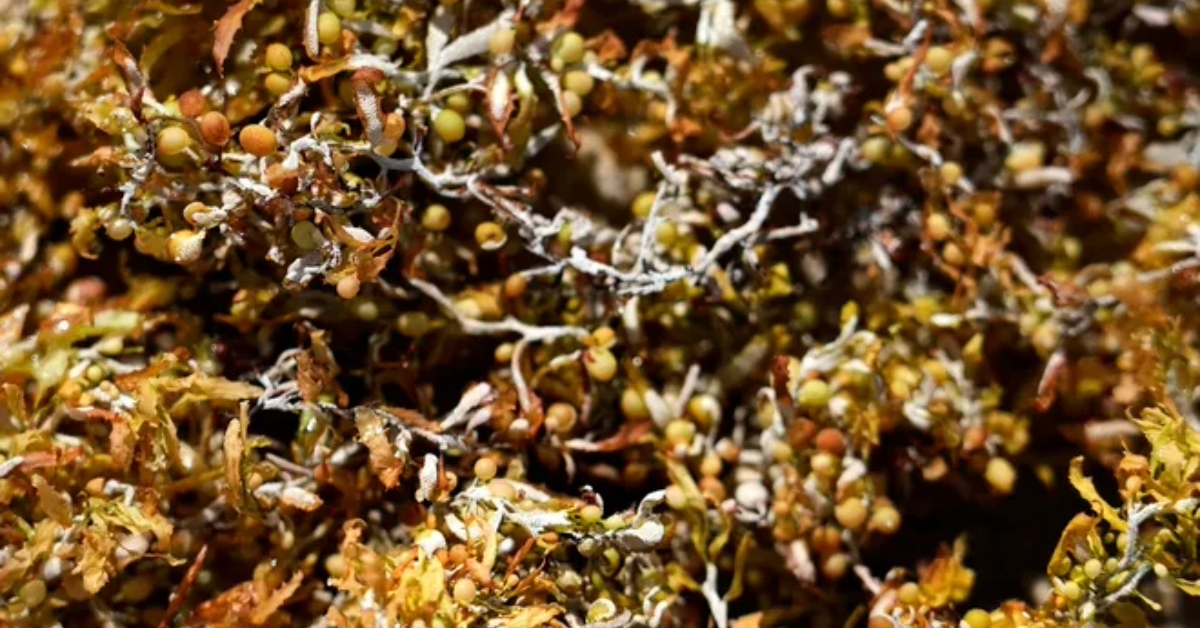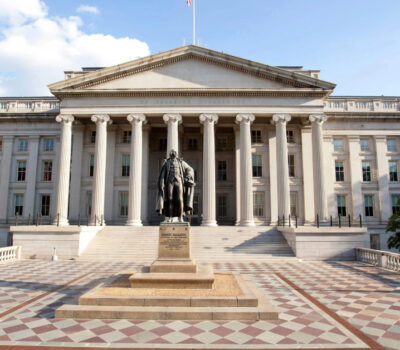Cancun officials are exploring the use of an environmental sanitation trust fund to address the overwhelming sargassum problem plaguing the region’s beaches.
Cancun is facing yet another wave of sargassum, and local officials say the situation is straining both the city’s manpower and financial resources. Miguel Ángel Zenteno, Municipal Trustee of Benito Juárez, is proposing that funds from the Right to Environmental Sanitation trust (Derecho de Saneamiento Ambiental) be used to bolster the city’s response.
“We always need to find resources to address this contingency which this year has been very abundant. There’s not enough money or enough hands,” Zenteno said in a public statement.
The seaweed, which has become an annual headache for Quintana Roo’s coastline, continues to blanket the beaches of Cancun. While sargassum does not currently constitute an official emergency, Zenteno believes its impact this year is severe enough to warrant accessing designated contingency funds.
According to Zenteno, the environmental sanitation trust was created for situations such as this. The fund, which is financed by a tax on hotel stays in Cancun and other tourist destinations, is primarily labeled for use in hydrometeorological emergencies. However, Zenteno believes the current sargassum situation could qualify under that scope.
“Remember that we have a percentage allocated to a contingency fund in case of hydrometeorological phenomena. It’s labeled as such so that possibility could be explored given the arrival of sargassum which we’re seeing is quite abundant this year,” he said.
The Derecho de Saneamiento Ambiental generated nearly 800 million pesos in revenue last year. Funds that are not spent are rolled back into the trust, allowing for potential redirection to emerging projects or issues.
If the city were to pursue the use of this money to combat sargassum, the move would require approval from the Technical Committee overseeing the trust. Notably, half of that committee is composed of representatives from the local hotel industry, who would need to greenlight any proposed changes to how the funds are used.
Any shift in how the trust operates would also require a formal modification of its current rules—something Zenteno suggests is feasible under the circumstances.
“This would not be the first time we’ve had to reconsider how funds are allocated, especially when the tourist experience and environmental health of our beaches are at risk,” he added.
The city’s ongoing struggle with sargassum has grown into a regional issue across the Riviera Maya, with Playa del Carmen, Tulum, and Mahahual also experiencing heavy landings this year. The seaweed not only affects the natural environment and marine ecosystems but also disrupts beach access for tourists, creating further strain on local tourism-dependent economies.
Environmental groups have long urged authorities to invest in long-term solutions, such as improved offshore containment and collection systems, and the development of facilities to repurpose or dispose of the seaweed sustainably. However, such projects often require significant investment—something the trust fund could potentially support if the rules are revised.
As sargassum season enters its peak, local governments and tourism stakeholders are under increasing pressure to find swift and effective measures to preserve beach quality and public satisfaction.
For now, the Benito Juárez administration is hoping collaboration between city officials and the hotel sector will lead to a financial solution that can relieve workers currently overwhelmed with daily beach cleanups.
The final decision on reallocating trust fund resources may come within weeks, pending discussions with the Technical Committee and any formal changes to the trust’s operational guidelines.
Cancun officials are exploring the use of an environmental sanitation trust fund to address the overwhelming sargassum problem plaguing the region’s . . .











